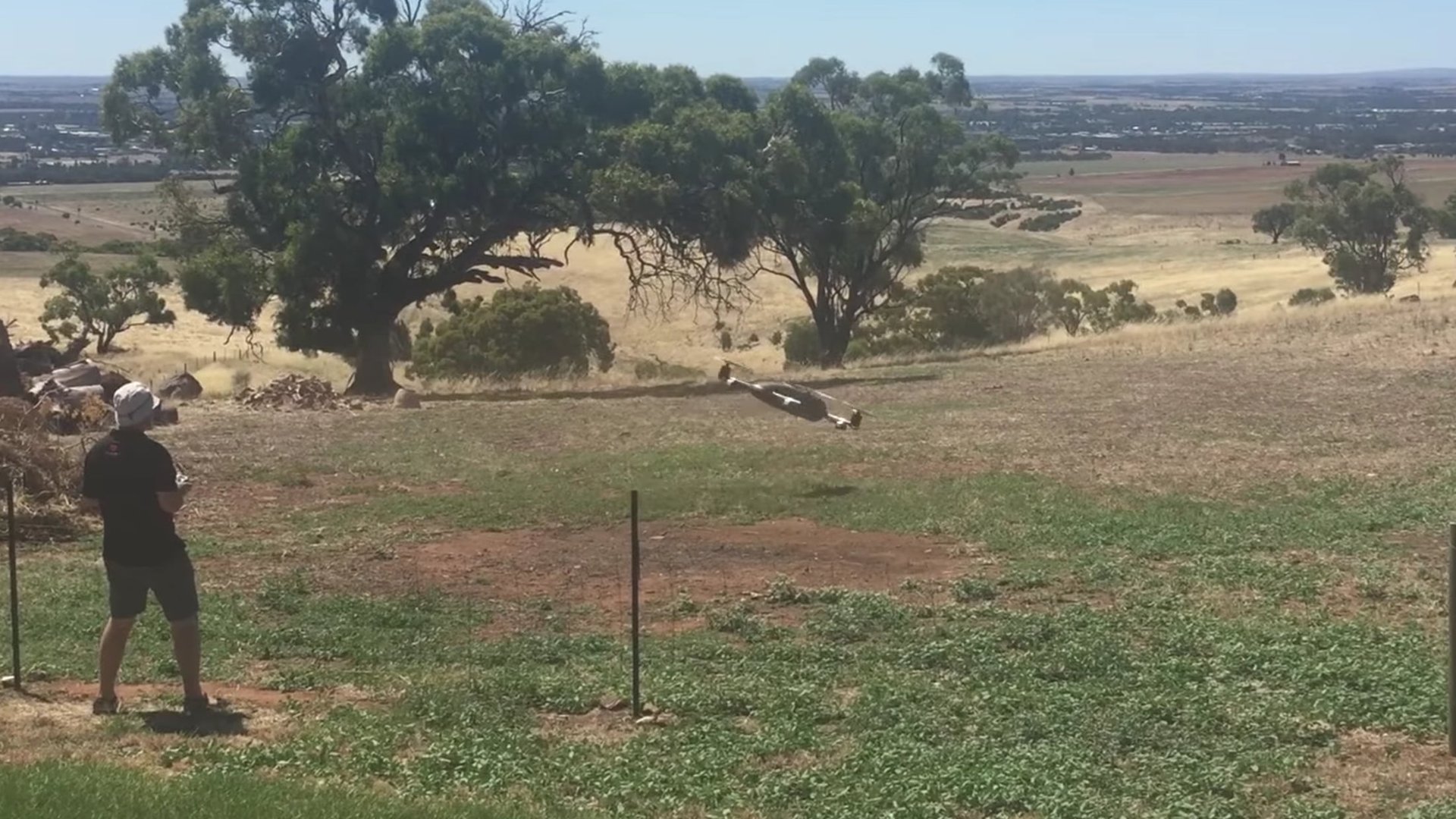Drone-racing hasn’t caught on yet, but maybe giant drone-racing will
The past few years have seen the emergence of giant fighting robot leagues, drone-racing leagues, and electric-car racing leagues. Now a group of inspired Australians have managed to merge all three burgeoning trends into a new supersport: giant, electric, racing drones.


The past few years have seen the emergence of giant fighting robot leagues, drone-racing leagues, and electric-car racing leagues. Now a group of inspired Australians have managed to merge all three burgeoning trends into a new supersport: giant, electric, racing drones.
Last week, Freedom Drone Sports conducted its first successful test flight, Digital Trends reported. The company’s massive drone—it weighs 30 kg (about 66 pounds) and is 120 cm (about 4 feet) long—managed to fly at nearly 100 mph, according to a blog post.
The most noticeable difference between the average racing drone and Freedom Drone Sports’ machine is the sound. Most racing drones are about a foot long; many pilots choose to fly even smaller machines, which handle better at top speeds. These tiny drones often sound like a pack of bees moving through a field. By contrast, Freedom Drone Sports’ giant racing drone sounds more like a Formula 1 car whipping by at full tilt.
Racing giant drones has another crucial advantage: People can actually see them. Tiny drones are almost impossible for an audience to follow when they’re whizzing around a course. The first US national drone race had nearly no spectators, and the second one didn’t fare much better. Like an old Volkswagen Beetle sailing through the sky, Freedom Drone Sports’ machine appears to solve that problem. That could be a boon for drone-racing organizers hoping to turn this burgeoning hobby into a fully fledged sport.
Ultimately, Freedom Drone Sports hopes its proprietary drones can form the backbone of a new racing league. But other companies have big head-starts, and the (non-giant) Drone Racing League already has big-name sponsorship deals with Budweiser and Allianz, and broadcast partnerships with ESPN and Sky Sports. Size may matter, but it’ll take a lot more than a giant imposing drone to get this league off the ground.